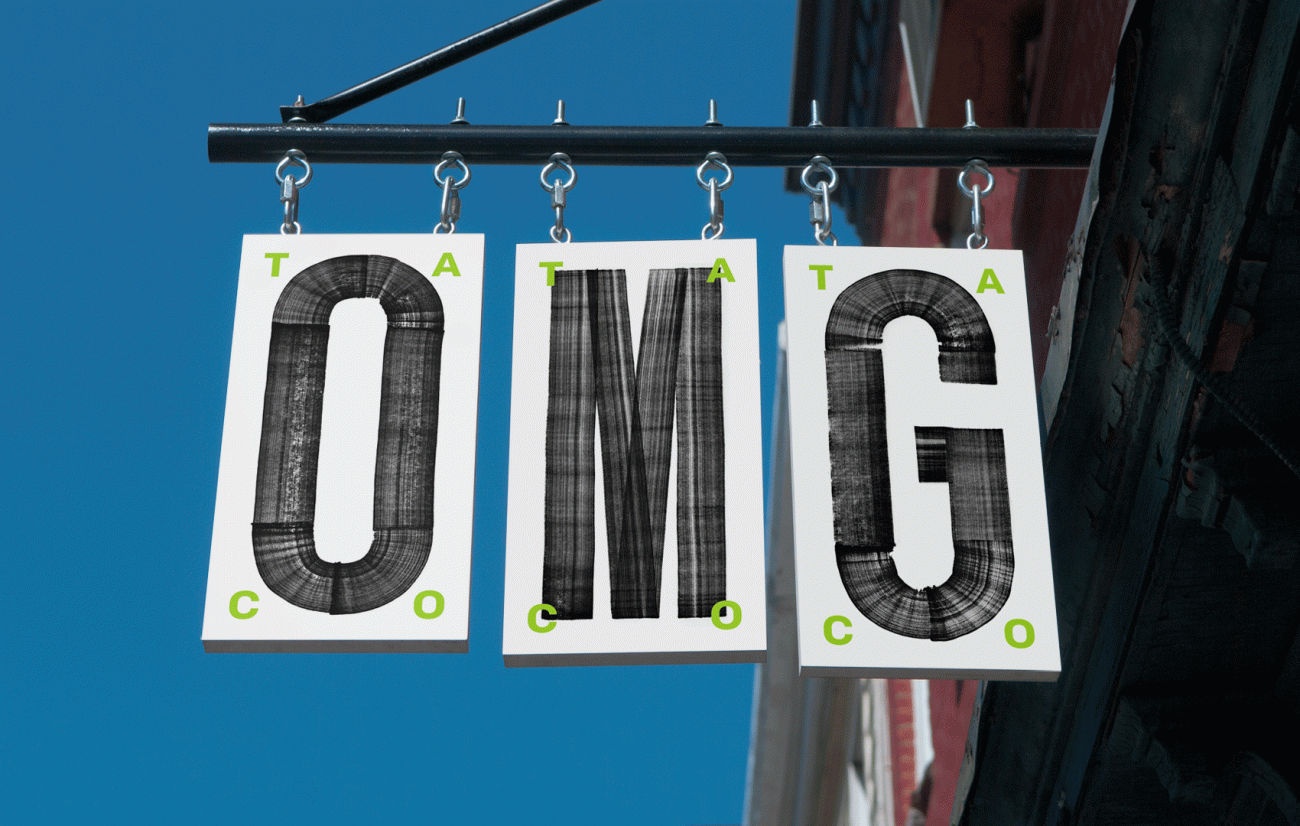Communication Design faculty, Luke Williams is a creative director focused on developing brands for the arts and lifestyle industries. Most recently as the Brand Creative Director at Paperless Post, Luke and his team were committed to establishing a reputation for Paperless Post as the preeminent online invitation company, dedicated to fostering personal connections through the finest design available on the web.
Prior to his role at Paperless Post, Luke was a designer at the Museum of Modern Art, Google Creative Lab, Leo Burnett, and Pentagram. He has maintained an independent design practice since 2009, creating work that has been awarded by the Type Directors Club, Communication Arts, Print and HOW magazines, and has been published in design literature from Gestalten, Rockport, and Taschen. Luke is teaching Core Lab Typography this Fall semester.

Theater Poster, Summerfugl, InViolet Theater, 2015.
How did you get into design? Was there a defining point in your career, and if so, how did it shape you as a designer?
My father was a graphic artist while I was growing up, so I was exposed to the profession pretty early. Our home computer had all the software on it that he used for work, so I eventually started to learn how to use the basic tools to make t-shirt designs with my friends in high school, and then experiment with Photoshop effects on skateboarding photos of us. It didn’t feel like design at the time, it just felt exciting to be able to create something custom from my imagination.
I grew up in Maryland and my high school had a really dynamic arts program for which I’m so grateful, so it was an easy decision to eventually attend Maryland Institute College of Art (MICA) to focus on developing my interest in design. While the curriculum at MICA was thorough and really well-developed, I believe that practice and consequence are the greatest forms of learning lessons, which is why I would highlight my first internship, with Abbott Miller and Pentagram as a really critical moment of exposure to the value of conceptual and technical iteration. That experience forced me to push my work to a point of refinement that I may not have appreciated otherwise. It taught me the value of looking at my work with a critical and objective eye, and to never conclude a project until I could answer the question “why?” about each decision I made.

Paperless Post Wedding Campaign, 2017.
Outside of other design and illustration, what sorts of things inspire and influence your work?
I find a lot of inspiration in the photographic arts, and as an extension of that, from traveling to new places. The more I work, the more I realize that design is all about composition, or the relationships of form on a canvas. The simple act of seeing is so meaningful as a principle of motivating an inspired piece of design. Thats why I consider exercising the photographic medium to be an excellent source of new or varied perspectives; a really genuine way to expand on the ways I consider composition. As for traveling, I would encourage any designer to take advantage of opportunities to explore new settings—you don’t have to go very far to find inspiration.

Exterior Signage, OMG Taco, 2015.
What tips would you give to anybody who is looking to get started in design?
My advice comes in three parts. The first part: practice as often as you can. Your experiences, both positive and negative, will teach you a lot about how you work and what your strengths are. Secondly, learn to embrace iteration. Allow yourself to deconstruct and re-assemble your work over and over again without becoming precious about early ideas. Your best solutions will come from thoughtful adjustments that present themselves throughout the design process, so don’t be in such a hurry. And finally, something I tell my students and my team all the time: there are more right answers than wrong ones. The potential for making good work is tremendous, and a focused combination of research, wonder, iteration, and most of all, patience, will eventually manifest as a confidence that will guide you through your career.

Exhibition Title Wall, Lygia Clark: The Abandonment of Art, Museum of Modern Art, 2014.
